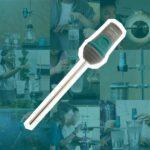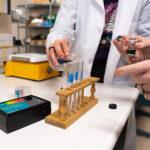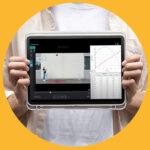
Sharing ideas and inspiration for engagement, inclusion, and excellence in STEM
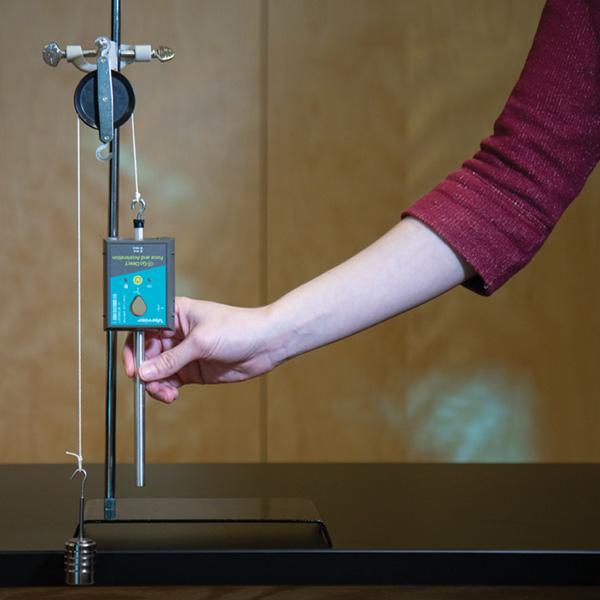
Understanding key physics concepts, such as Newton’s laws of motion, gives students a solid foundation for exploring real-world physics applications—and the Go Direct Force and Acceleration Sensor is a great tool for laying that groundwork and building on it.
This sensor consists of a 3-axis accelerometer, as well as a stable and accurate force sensor. It also includes a 3-axis gyroscope, allowing you to measure angular velocity. Given its multiple capabilities, the Go Direct Force and Acceleration Sensor widens the field for physics investigations and exploration.
For example, students can use accelerometer data to determine the angle of the sensor. When they combine that with force data, it can be a useful investigation of forces involved in free-body diagrams. Students can also attach a string to the hook and whirl the sensor in a horizontal or vertical circle while measuring force and centripetal acceleration (and angular velocity).
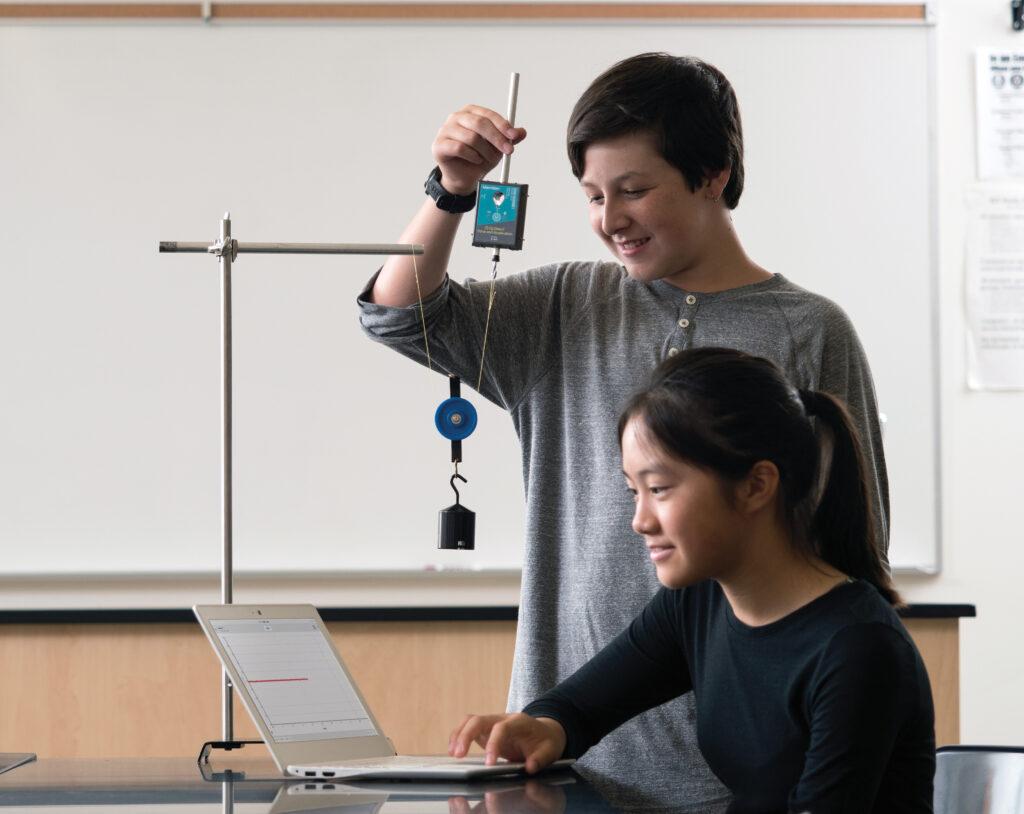
In addition, students can take the Go Direct Force and Acceleration Sensor into the field to measure force, acceleration, and rotation in places ranging from amusement parks to playgrounds.
Because the sensor has a lot of resources built into it, learners can gather a variety of different data—which makes it a great tool for student-centered, or inquiry-based, investigations. If you’re looking for examples of these types of experiments (or need some inspiration for creating your own), check out our Physics Explorations and Projects lab book.
You can also find educator-tested experiments in Physics with Vernier. Here are three experiments from this lab book featuring the Go Direct Force and Acceleration Sensor that you can use to support hands-on physics learning.
1. “Bungee Jump Accelerations”
Take the plunge! In this experiment, students use a block of wood or toy doll, a rubber band, and the Go Direct Force and Acceleration Sensor to study acceleration via a scaled-down version of a bungee jump.
The objectives of this experiment include
- Analyze the motion of a bungee jumper from just prior to the jump through a few oscillations after the jump.
- Determine where in the motion the acceleration is at a maximum and minimum.
- Compare the laboratory jump with an actual bungee jump.
2. “Static and Kinetic Friction”
Friction is an important physics concept—and the differences between static and kinetic friction can be surprising. This experiment is a great way to demonstrate those distinctions.
The objectives of the experiment include
- Use the Go Direct Force and Acceleration Sensor to measure the force of static and kinetic friction.
- Determine the relationship between force of static friction and the weight of an object.
- Measure the coefficients of static and kinetic friction for a particular block and track.
- Use a motion detector to independently measure the coefficient of kinetic friction and compare it to the previously measured value.
- Determine if the coefficient of kinetic friction depends on weight.
3. “Centripetal Accelerations on a Turntable”
You don’t need a DJ for this experiment. Rather, the only things you require are a turnable and the Go Direct Force and Acceleration Sensor—and then you’re ready to rock and roll with hands-on physics learning.
The objectives of the experiment include
- Measure centripetal acceleration on a record turntable.
- Determine the relationship among centripetal acceleration, radius, and angular velocity.
- Determine the direction of centripetal acceleration.
Do you have questions about—or ideas for using—the Go Direct Force and Acceleration Sensor? Feel free to contact us at physics@vernier.com or 888-837-6437.
Share this Article

Sign up for our newsletter
Stay in the loop! Beyond Measure delivers monthly updates on the latest news, ideas, and STEM resources from Vernier.

